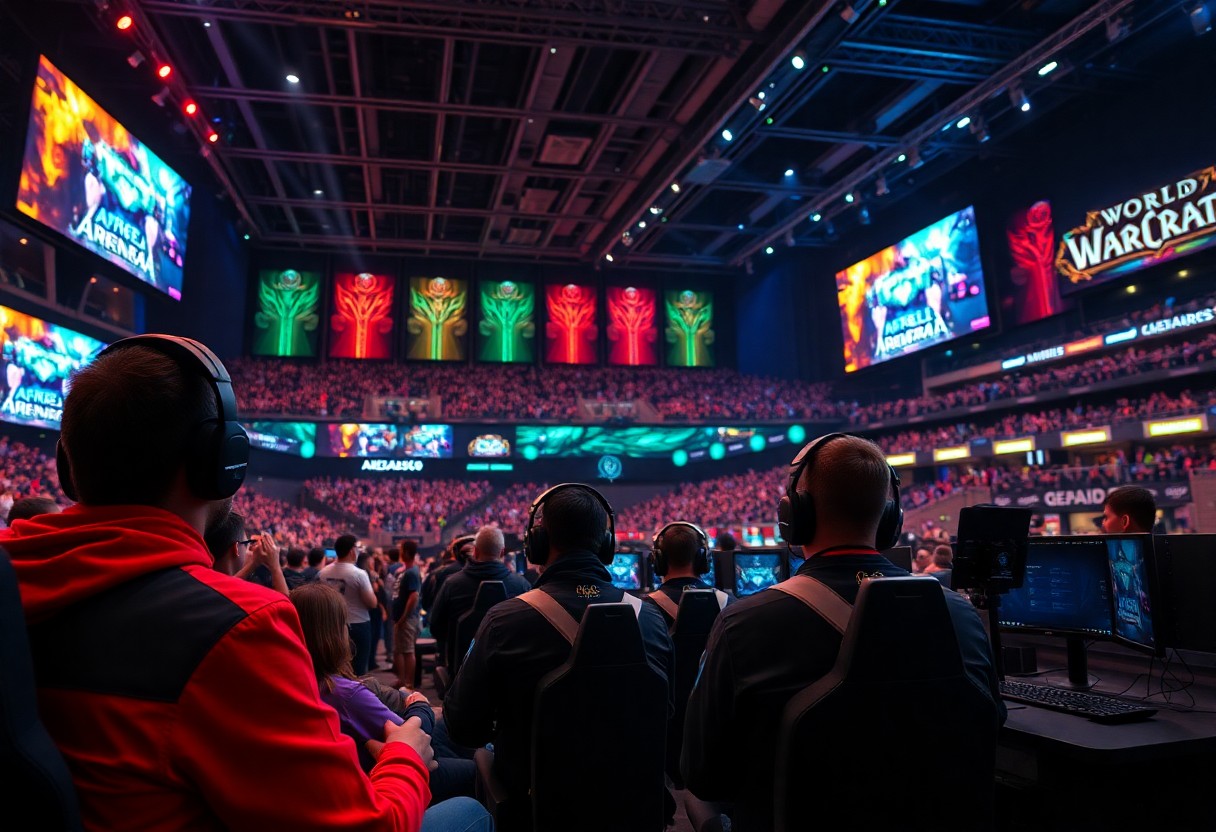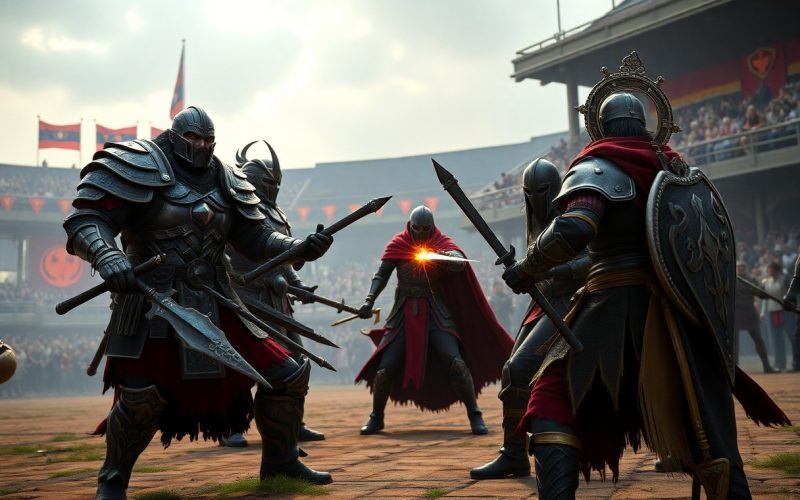It’s no secret that “World of Warcraft” (WoW) has become a titan in esports, with its competitive Arena PvP (Player versus Player) scene evolving significantly since the game’s launch in 2004. Initially famous for its engaging PvE (Player versus Environment) content, WoW’s competitive aspects have gradually taken center stage, particularly with the advent of its Arena battlegrounds.
The introduction of Arenas in the “The Burning Crusade” expansion in 2007 marked a turning point for competitive play in WoW. This format allowed teams of two to five players to face off against each other in battles that required not only individual skill but also coordinated teamwork. As Arena matches gained popularity, Blizzard Entertainment recognized the potential for an esports ecosystem and began to focus on fine-tuning the balance between classes, abilities, and strategies to create a competitive environment.
The competitive structure surrounding Arena PvP has transformed since its early days. Tournaments, both official and community-organized, began to surface, fostering a dedicated player base eager to showcase their skills on a global stage. The annual “WoW Arena World Championship” became a hallmark of this competitive landscape, offering players the chance to compete for substantial prizes and recognition. This championship not only showcased the top players but also established a thriving community of viewers and fans who followed the evolving meta and strategies being employed at the highest levels.
As the game and its PvP environment have evolved, so too have the strategies employed by teams in Arena matches. The meta—referring to the most effective strategies available—has shifted through various expansions, with each one introducing new classes, abilities, and gameplay mechanics. Certain compositions of classes, known as “comps,” have risen and fallen in popularity, based on their synergy and effectiveness against other class pairings. This ever-changing meta adds depth to the competitive scene, as players must continuously adapt to stay ahead of their opponents.
Looking back, significant expansions have also brought changes to the Arena PvP landscape. The introduction of “Warlords of Draenor” drastically changed the way players experienced PvP with the removal of resilience and the addition of the “Stat Squish.” These changes forced teams and players to reevaluate not just their strategies but also how they built their compositions, resulting in exciting new gameplay dynamics. Other expansions, such as “Legion” and “Shadowlands,” have continued to build on this foundation, with new classes like the Demon Hunter and additional tweaks in gameplay mechanics further elevating the competitive experience.
The growth of the esports scene for WoW goes beyond just the Arena. Streaming platforms and social media have allowed professional players to build followings and interact with fans, further promoting the game and its competitive community. These platforms serve as breeding grounds for burgeoning talent, encouraging new players to leap into the competitive scene. All of these developments have contributed to the lasting legacy of World of Warcraft as a mainstay in the esports arena, where the richness of its PvP content continues to captivate players and viewers alike.
All things considered, the evolution of World of Warcraft’s Arena PvP has played a pivotal role in shaping its esports landscape. As Blizzard continues to refine the game and introduce innovative features, the future of WoW’s competitive scene looks bright, ensuring that it remains a cornerstone of the esports community for years to come.






